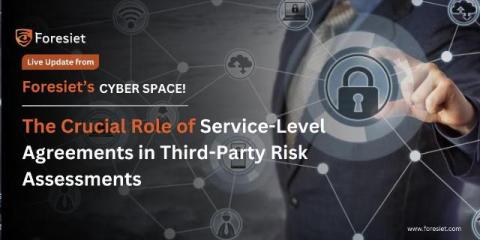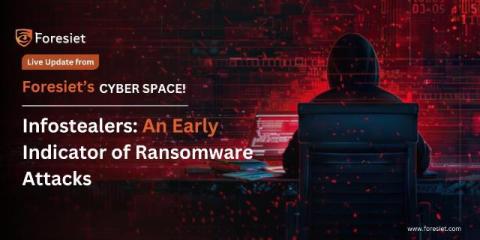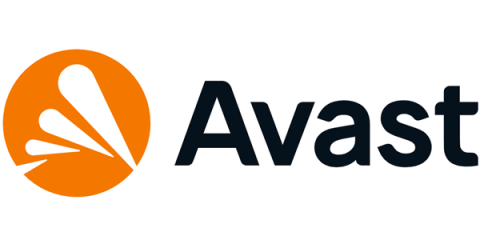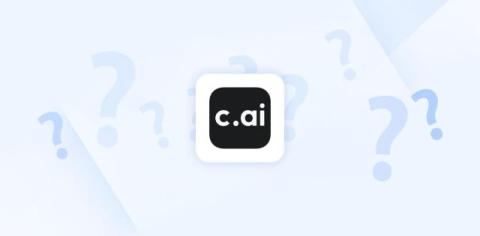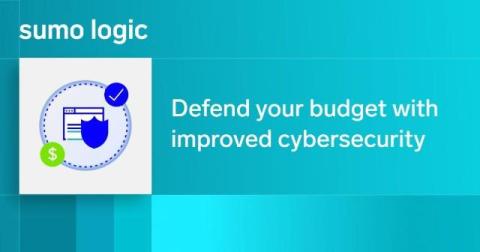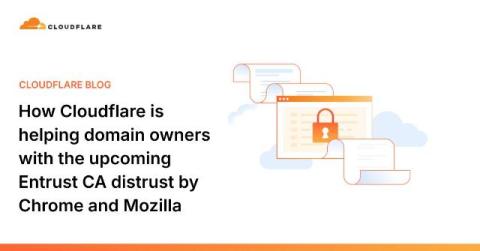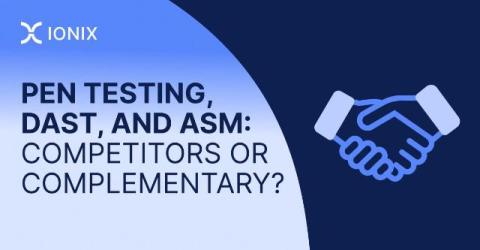Examples of Personally Identifiable Information (PII)
Some examples of Personally Identifiable Information (PII) include your phone number, email address, license plate number, birth date, Social Security number (SSN) and medical records. Many aspects of your identity can be considered PII, so it’s important to understand what they are and how to protect them. Continue reading to learn how you can protect your PII from falling into the wrong hands and how Keeper can help.





